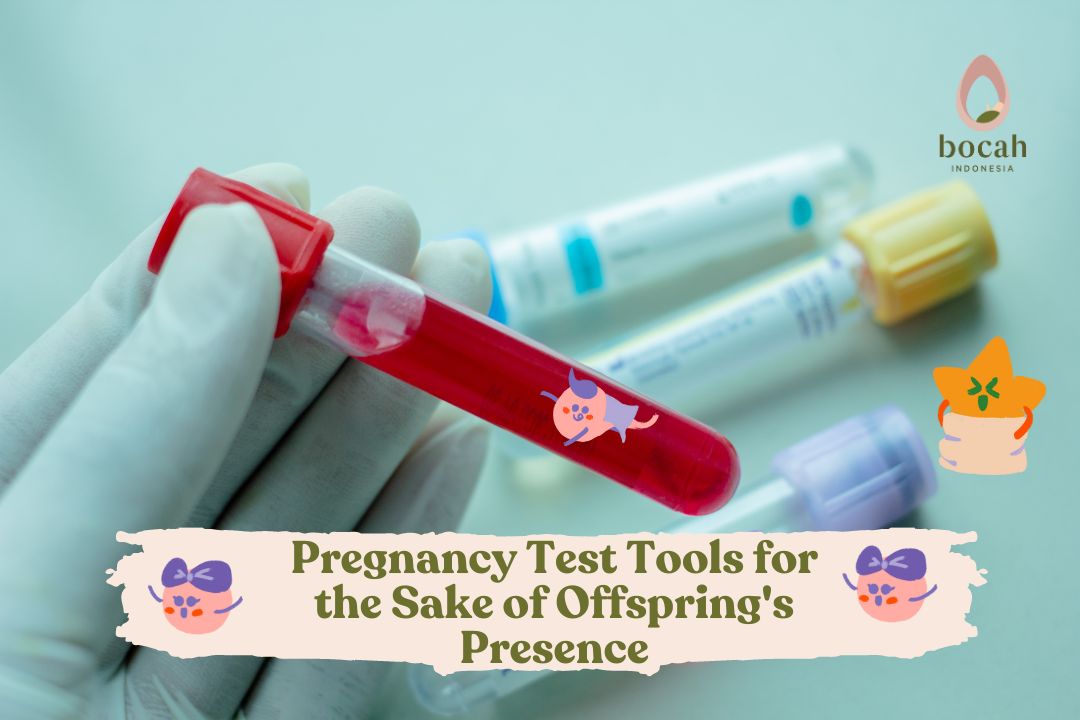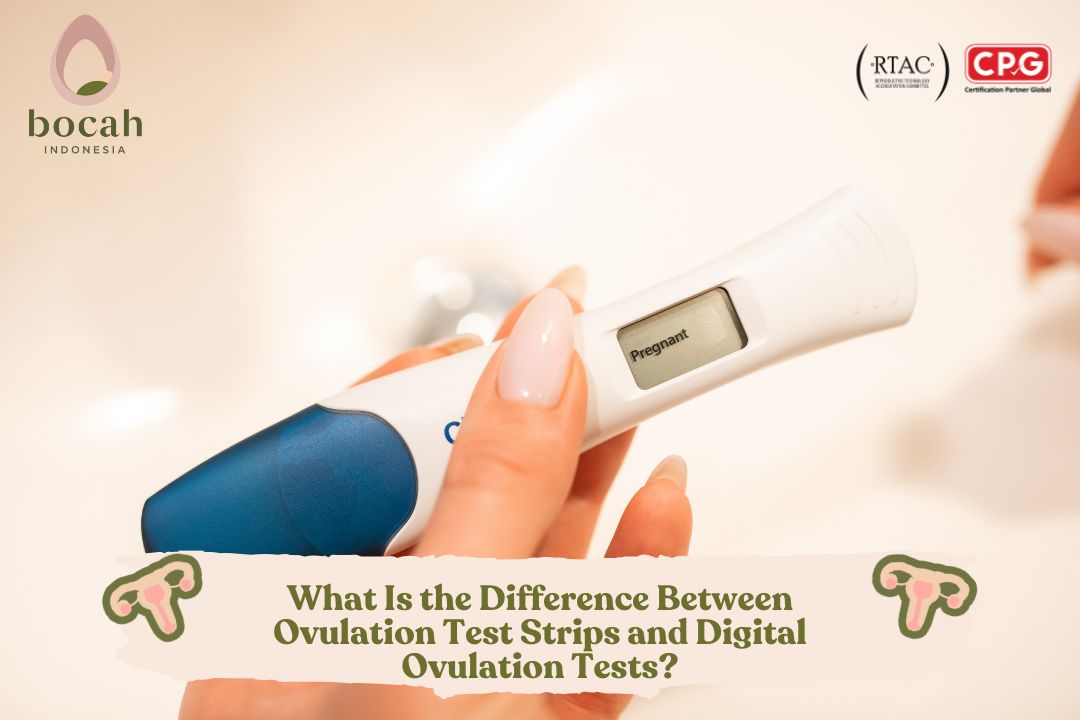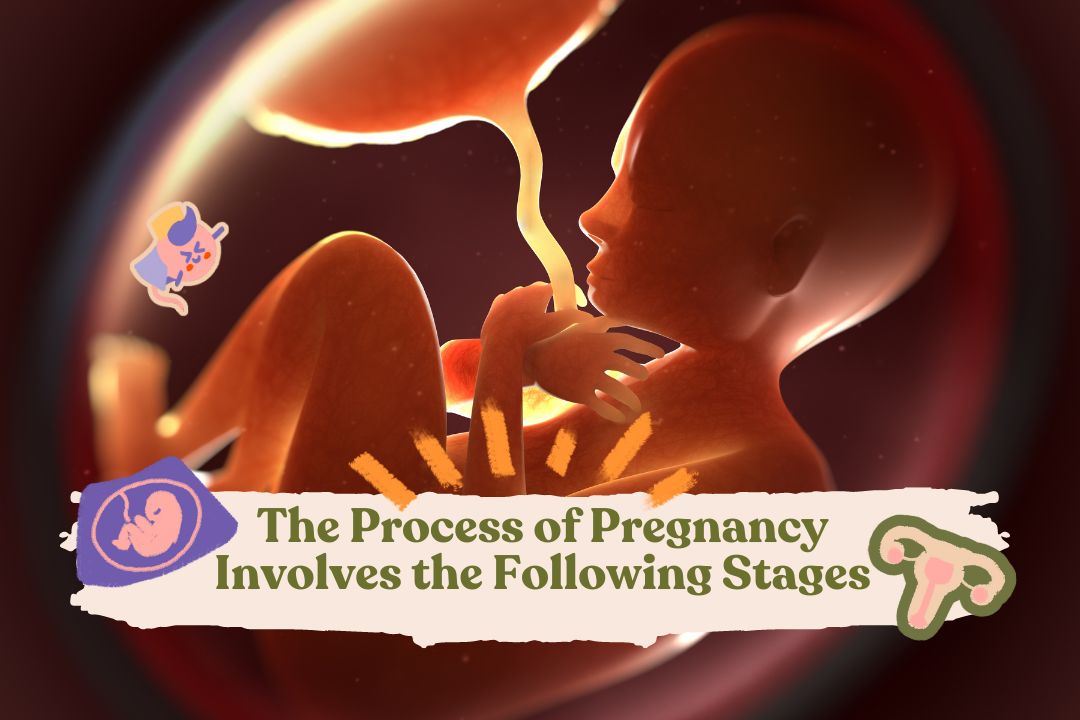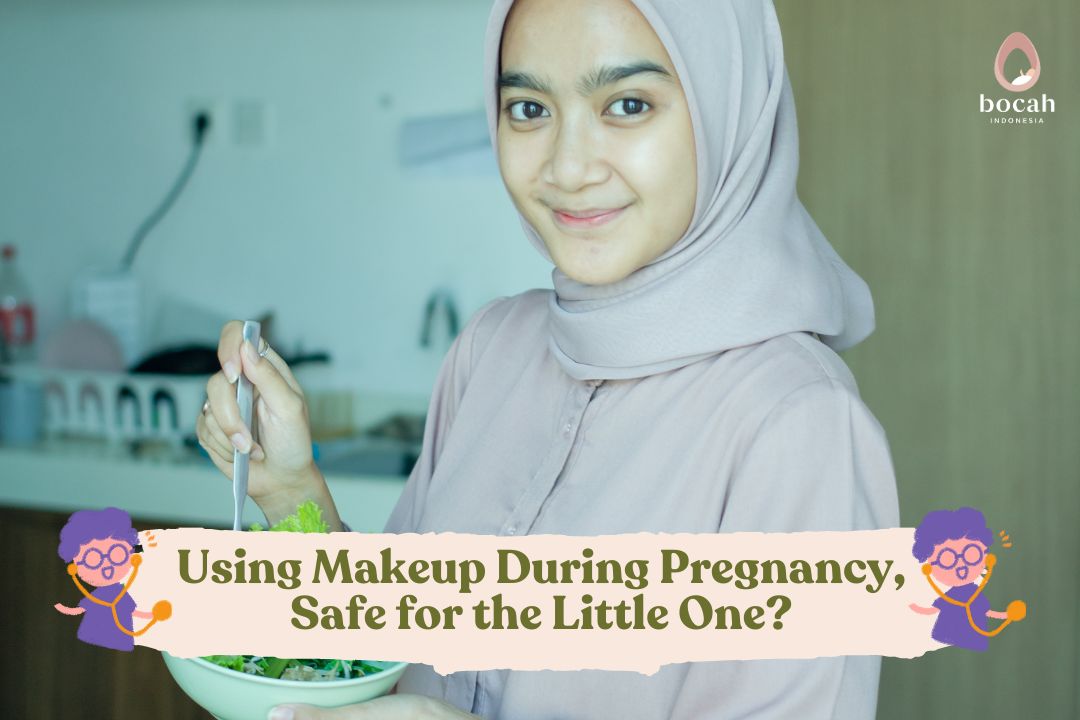Pregnancy Test Tools for the Sake of Offspring’s Presence

To obtain accurate and precise test results, Moms need to understand the workings and the right timing for using pregnancy tests. Find out here!
One way to determine if Moms are pregnant is by taking a pregnancy test. If the pregnancy test is positive, it indicates that Moms are pregnant. Conversely, if the test result is negative, it means Moms are not pregnant. Pregnancy tests work by detecting human chorionic gonadotropin (HCG), a hormone produced by the body when a woman is pregnant.
Generally, there are two types of pregnancy tests: urine tests and blood tests. To learn more about pregnancy tests, how to use them, which one is more accurate, and the right timing, find out the information through this article.
Accurate Working Mechanism of Pregnancy Test Tools
Typically, when Moms undergo a pregnancy test, the pregnancy test tool will identify the amount of human chorionic gonadotropin (HCG) present in the body. HCG can be found in urine or blood. HCG requires time to accumulate in the body.
In early pregnancy, the production of HCG in Moms’ bodies will increase every day. As time goes on, the amount of HCG in the body will increase, making the pregnancy test result more likely to be positive. Therefore, it takes time to perform a pregnancy test; if the test is done too early, the result may show as negative.
Tanya Mincah tentang Promil?
To discover pregnancy for the first time, most couples use a urine pregnancy test at home by using a test pack or a self-administered pregnancy test.
In a urine test, a reactive strip will identify the presence of HCG. This test can show a plus sign (+), two vertical lines, or even the word “pregnant.” Various types of tests have unique ways of showing positive results.
Before using a test pack, it’s advisable for Moms to read the instructions provided in the test to understand how a positive result will be displayed. Remember that different test brands may require different amounts of time to show results.
Test packs can be purchased at pharmacies without a doctor’s prescription and are usually offered at varying price ranges. Test packs can be used independently without the assistance of others.
Another pregnancy examination is through a blood test conducted at medical facilities involving blood sample collection. If Moms undergo a blood test for pregnancy, a doctor will take a blood sample and send it to a laboratory. In the laboratory, the amount of HCG in the blood will be measured. The doctor will contact Moms to provide the test results.
Then, if the test pack or blood test shows a positive result, another method to confirm pregnancy is through ultrasound examination (USG). Medical service providers will perform a USG examination at a hospital or clinic.
When Is the Right Time to Use a Pregnancy Test?
To obtain accurate and precise pregnancy test results, it is necessary to conduct the test at the right time. Often, both Moms and Dads get inaccurate results because they use the pregnancy test too early.
In many cases, to get an accurate pregnancy test result, Moms are advised to perform the test at home no earlier than 10 days after conception or to wait until the missed menstrual date to use the test.
Remember, if the test is done too soon, the result may show as negative even if Moms are pregnant. If Moms get a negative result and then there is no menstruation in that month, try taking the test again.
Both Moms and Dads may also wonder about the right time to use a pregnancy test at home, whether it’s in the morning or at night.
In general, the best time to use a pregnancy test is during the first urination in the morning. However, some pregnancy tests are sensitive enough to detect HCG whenever Moms take the test.
If possible, wait for up to three hours after the last time Moms urinated before taking the test. Moms can also take two pregnancy tests on the same day to ensure consistent results.
How to Use a Pregnancy Test at Home Most home pregnancy tests are 99% effective when used correctly. These tests are also easy to use and relatively inexpensive. To get accurate results, it’s important to read the instructions on the packaging.
Generally, there are 3 ways to perform a pregnancy test at home:
- Urinate in a clean cup. Then, place a few drops of Moms’ urine onto the test pack.
- Place the pregnancy test strip in the stream of urine while urinating.
- Urinate in a clean cup and dip the pregnancy test strip or test pack into the urine while it’s still in the cup.
There are several things to remember when Moms perform a pregnancy test at home, including:
- Use the first-morning urine, if possible. This is when Moms’ HCG levels will be most concentrated and easily detectable. If doing it at another time, make sure the urine has been in the bladder for at least three hours.
- Do not consume excessive fluids before taking the pregnancy test. This can dilute the HCG levels.
- Check the expiration date on the pregnancy test tool.
- Read the instructions thoroughly before starting the test and follow each step accurately.
Understanding How Blood Tests Work for Pregnancy Detection
This type of pregnancy test is typically conducted using a small blood sample from a blood vessel in the arm. This blood test not only detects whether pregnancy hormones are present in the body but also can determine how much of these hormones are present.
Blood tests for pregnancy might be conducted in special circumstances, such as for individuals undergoing fertility treatment or when healthcare providers suspect there might be an issue.
These blood tests are slightly more sensitive than urine tests as they can detect very low levels of HCG. This means they can provide more accurate answers in early pregnancy, as early as seven to ten days after conception.
To perform this test, a doctor will take a blood sample, which is then sent to a laboratory for analysis. Results may take from several hours to two days.
In conclusion, both self-administered urine pregnancy tests and blood tests have the potential to provide accurate results, as long as they are used correctly. If Moms and Dads are currently undergoing a pregnancy program, it’s advisable to follow the necessary steps to ensure a healthy pregnancy.
Source:
- American Pregnancy Association. Pregnancy Tests. Diakses 2023. https://americanpregnancy.org/healthy-pregnancy/are-you-pregnant/pregnancy-tests/
- Gnoth C, Johnson S. Strips of Hope: Accuracy of Home Pregnancy Tests and New Developments. Diakses 2023.
- https://www.ncbi.nlm.nih.gov/pmc/articles/PMC4119102/
- Planned Parenthood. Pregnancy Tests. Diakses 2023. https://www.plannedparenthood.org/learn/pregnancy/pregnancy-tests
- US Department of Health and Human Services, Office on Women’s Health. Pregnancy tests. Diakses 2023.
- https://www.womenshealth.gov/a-z-topics/pregnancy-tests
- US Food and Drug Administration. Pregnancy. Diakses 2023. https://www.fda.gov/medical-devices/home-use-tests/pregnancy










